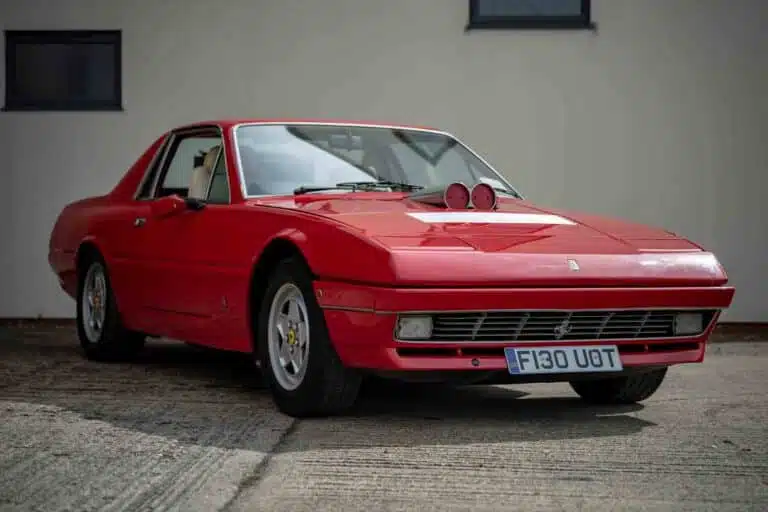La circulation des véhicules à Paris : une politique restrictive, mais pas toujours répressive
The circulation of vehicles in Paris has been the subject of a series of restrictive policies aimed at managing traffic and improving air quality in the city. Despite the measures implemented, such as the ban on motorized vehicles in certain areas, the reality reflects a lack of effective controls that undermine the credibility of these policies. From the pedestrianization of the center to the restriction of traffic, the management of urban space remains a topic of debate, where education and awareness take precedence over repression, generating doubts among citizens about the effectiveness of decisions made by those in power.
Since November 4, 2024, the circulation of motorized transit vehicles has been banned in the center of Paris, within an area of 5.5 square kilometers encompassing the first four districts of the city. Although this measure aims to reduce congestion and improve air quality, the lack of effective controls has generated criticism and questions about its implementation. In this article, we will explore the implications of these restrictive policies and how they affect citizens and those in power.
An ambitious measure and its implementation
The restriction on the circulation of vehicles in the heart of Paris is part of an ongoing effort by Mayor Anne Hidalgo’s administration to promote pedestrianization and limit traffic. However, despite its ambitious start, notable challenges have emerged since its implementation. The regulations stipulate that only emergency vehicles, public transportation, taxis, and individuals with reduced mobility are authorized to enter this zone. However, the lack of effective penalties has led many drivers to ignore the rules.
The lack of control and its consequences
Despite previous announcements regarding traffic restrictions, the reality is that since the measure came into effect, controls have been scarce. The municipal administration had warned that during the first six months of implementation, education would be prioritized, with no immediate penalties. While this gradual approach is understood, for many citizens, it has diluted the effectiveness of the policy, contributing to the perception that penalties may not be adequately enforced.
Citizen perception and trust in authorities
This situation has fueled growing skepticism among citizens toward the authorities. As disparities between announced policies and their actual implementation widen, distrust increases. Many do not see the mobilization of concrete efforts to control traffic, which could lead to a decrease in the legitimacy of political decisions. Despite the mayor’s efforts to implement these measures, the current context raises doubts about their serious commitment to improving mobility in the city.
Transportation alternatives and a sustainable future
The situation in Paris highlights the importance of considering viable alternatives for urban mobility. Bicycles, for example, present themselves as a sustainable and efficient option. This shift toward a more prominent use of non-polluting transports could play a crucial role in the future of urban traffic. Furthermore, implementing a more rigorous approach to controls and educating about the benefits of alternative mobility could be essential for achieving traffic reduction goals.
For more information on efficient and economical transportation options, you can consult this article: More efficient and economical transportation options.
The discussion on how different regulations affect vehicle users in Paris is also relevant. For a comparison of regulations in other countries, such as Portugal and France, visit Portugal vs France: the differences in motorcycle regulation.
Finally, the impact of traffic congestion on fuel consumption also deserves attention, with an analysis available at Impact of traffic congestion on fuel consumption.
Reflections on circulation policy in Paris
The circulation of vehicles in Paris has been a subject of debate and controversy in recent years, reflecting a notable attempt to adapt urban mobility to a more sustainable and eco-friendly model. The implementation of restricted traffic zones has aimed to promote a healthier and more livable environment, but the reality of its execution has sparked criticism regarding the lack of effective controls.
Despite the established restrictions, such as the ban on transit vehicles in the city center, the lack of penalties has generated the perception that these policies are more declarative than effective. The tendency to prioritize education over repression may, at first glance, seem like a fair alternative, but it also risks undermining public confidence in the authorities.
In conclusion, the fight for a more pedestrian-friendly and less polluted Paris still faces significant challenges. The combination of political expectations and the reality on the ground will determine the future of these ambitious policies.




